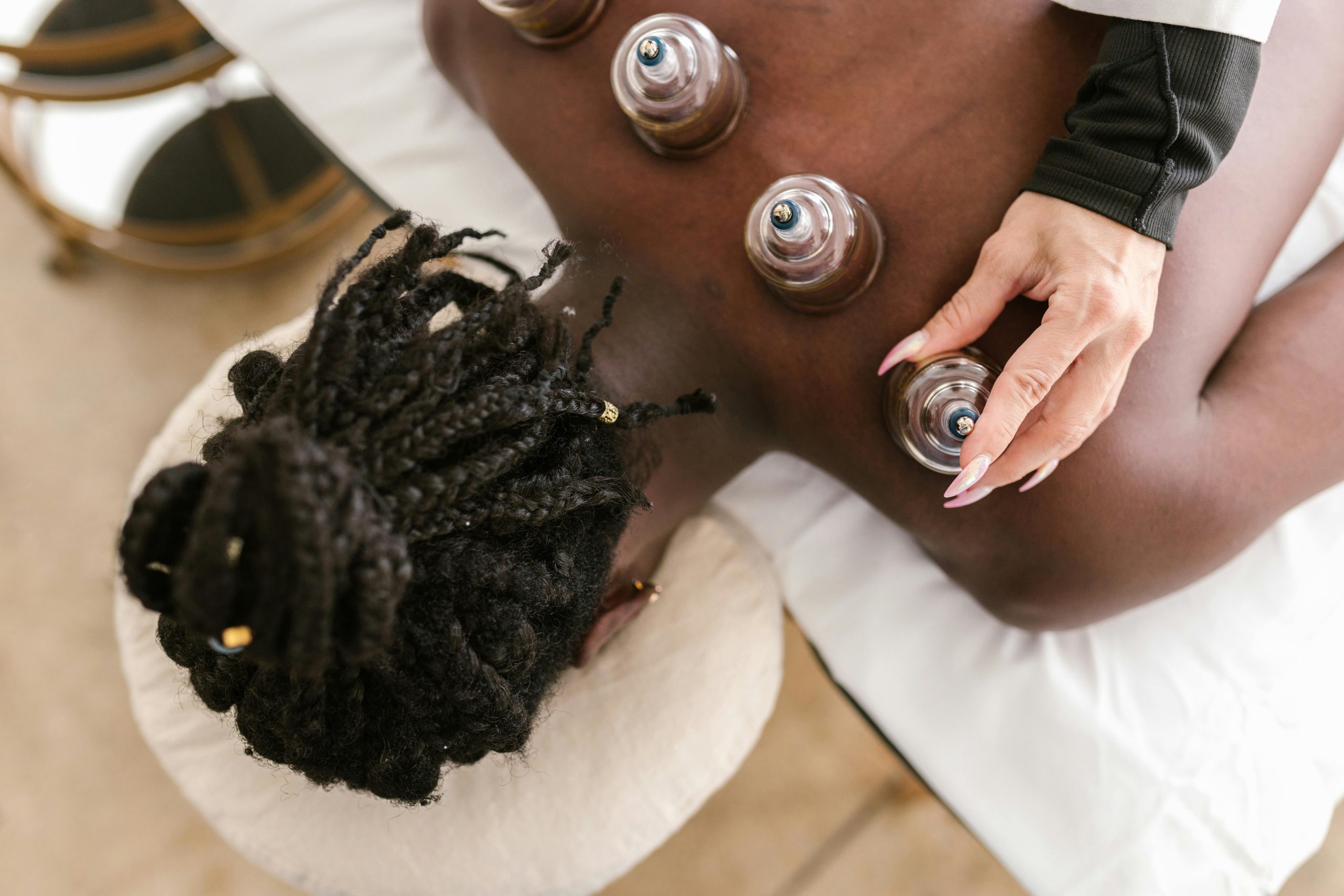Burnout is more than just exhaustion—it’s a state of chronic physical, emotional, and mental depletion caused by prolonged stress. Traditional approaches often focus on quick fixes, but true recovery requires a holistic and integrative strategy that addresses the root causes and promotes long-term healing. By combining evidence-based therapies, lifestyle adjustments, and self-care practices, individuals can rebuild resilience and reclaim their well-being. Here’s how to approach burnout recovery sustainably.
Understanding Burnout: Beyond Temporary Fixes
Burnout manifests in three key dimensions: emotional exhaustion, cynicism or detachment, and a sense of inefficacy. While short-term solutions like vacations or time off can provide temporary relief, they rarely address the deeper imbalances contributing to burnout. An integrative approach recognizes that recovery is a journey, not a one-time event, and involves:
- Physical restoration: Replenishing energy through sleep, nutrition, and movement.
- Emotional healing: Processing stress and rebuilding emotional resilience.
- Mental clarity: Reducing cognitive overload and fostering mindfulness.
- Lifestyle alignment: Creating sustainable routines that prioritize well-being.
By addressing these areas simultaneously, individuals can create a foundation for lasting recovery.
Physical Strategies for Burnout Recovery
The body and mind are deeply interconnected, making physical health a cornerstone of burnout recovery. Here are key strategies to restore vitality:
Prioritize Sleep and Rest
Chronic stress disrupts sleep patterns, exacerbating burnout. To break this cycle:
- Establish a consistent sleep schedule, aiming for 7-9 hours nightly.
- Create a calming bedtime routine, such as reading or meditation.
- Limit screen time before bed to reduce mental stimulation.
Nourish Your Body
Nutrition plays a critical role in energy levels and mood regulation. Focus on:
- Whole, nutrient-dense foods like leafy greens, lean proteins, and healthy fats.
- Hydration to support cognitive function and reduce fatigue.
- Reducing caffeine and sugar, which can worsen stress responses.
Incorporate Gentle Movement
Exercise shouldn’t be another stressor. Instead, opt for restorative practices like:
- Yoga or tai chi to combine movement with mindfulness.
- Walking in nature to reduce cortisol levels.
- Strength training in moderation to boost endorphins.
Emotional and Psychological Healing
Burnout often stems from unprocessed emotions and prolonged stress. Integrative approaches to emotional recovery include:
Therapy and Counseling
Professional support can help unpack the underlying causes of burnout. Consider:
- Cognitive Behavioral Therapy (CBT) to reframe negative thought patterns.
- Mindfulness-Based Stress Reduction (MBSR) to cultivate present-moment awareness.
- Group therapy for shared experiences and community support.
Boundary Setting and Self-Compassion
Learning to say no and prioritize self-care is essential. Practice:
- Identifying and communicating personal limits at work and home.
- Self-compassion exercises to counteract perfectionism.
- Journaling to process emotions and track progress.
Lifestyle and Environmental Adjustments
Sustainable recovery requires systemic changes to reduce stressors. Evaluate:
Workplace Modifications
If work is a primary burnout source, explore:
- Flexible hours or remote work options to reduce commute stress.
- Delegating tasks to lighten your workload.
- Advocating for a healthier team culture with leadership.
Creating a Supportive Routine
Structure can provide stability. Incorporate:
- Daily breaks to prevent mental fatigue.
- Time for hobbies and activities that bring joy.
- Digital detox periods to disconnect from constant stimuli.
Integrative Therapies for Holistic Healing
Complementary therapies can enhance traditional burnout recovery methods:
Mindfulness and Meditation
Regular practice can rewire the brain’s stress response. Start with:
- Guided meditations for beginners (even 5 minutes daily helps).
- Breathwork exercises to calm the nervous system.
- Body scans to reconnect with physical sensations.
Alternative Modalities
Explore therapies like:
- Acupuncture to rebalance energy and reduce tension.
- Massage therapy to release physical stress.
- Herbal adaptogens (e.g., ashwagandha or rhodiola) to support adrenal health.
Conclusion
Healing from burnout isn’t about pushing through—it’s about slowing down and listening to your body and mind. An integrative approach combines physical care, emotional processing, and lifestyle adjustments to foster sustainable recovery. By addressing burnout holistically, you can rebuild resilience, rediscover joy, and create a life that prioritizes well-being over perpetual productivity. Remember, recovery takes time, but each small step brings you closer to lasting balance.
